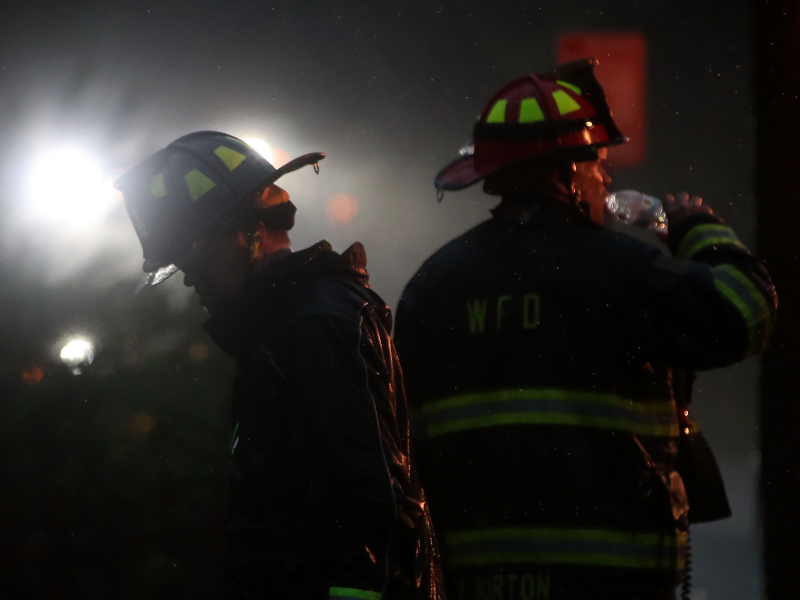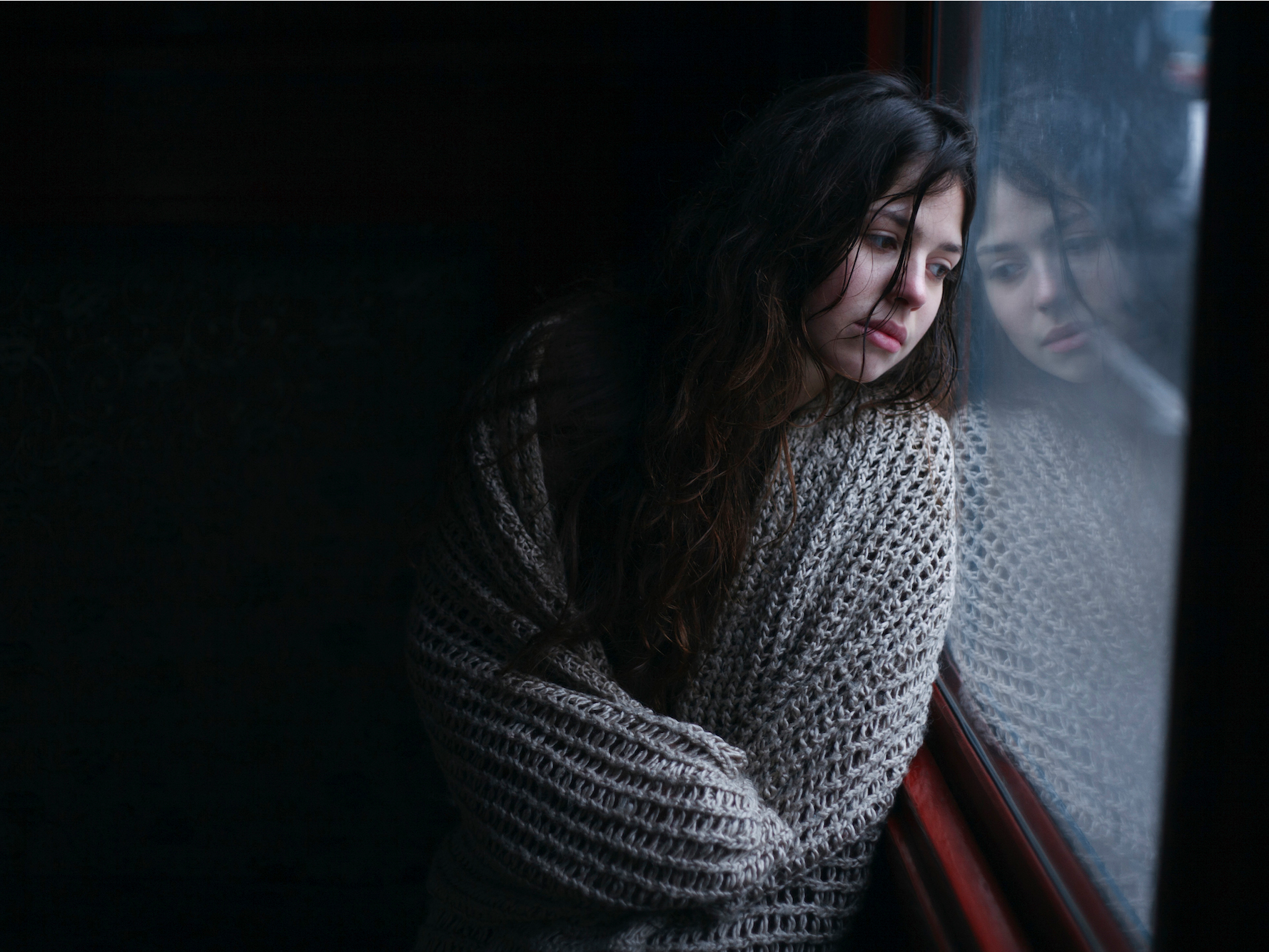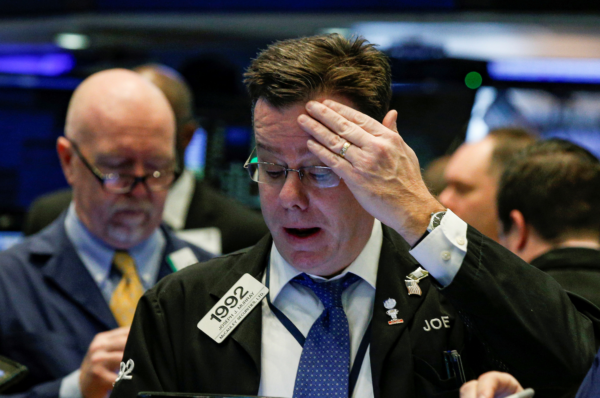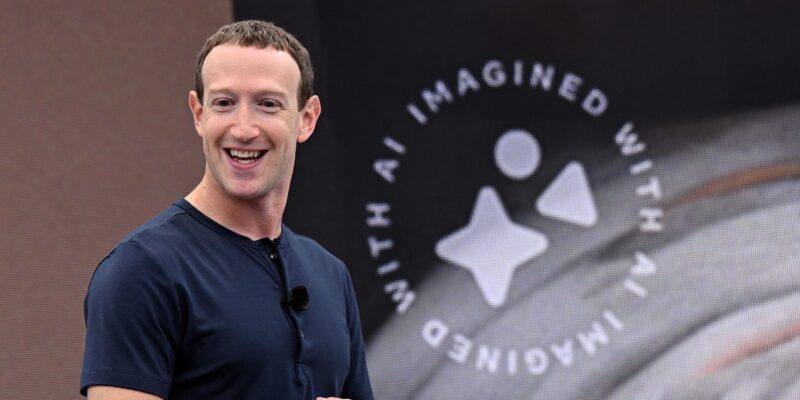- As part of World Mental Health Day, Business Insider looked into the state of millennials’ mental health.
- Depression and “deaths of despair” are on the rise among millennials, many of whom suffer from loneliness, money stress, and burnout in the workplace.
- But millennials are changing the way people look at mental health by being more open about their issues and destigmatizing therapy.
- Visit Business Insider’s homepage for more stories.
Millennials are changing the way people look at and talk about mental health.
As part of World Mental Health Day, Business Insider took a look at the mental-health state of millennials (defined by the Pew Research Center as the cohort turning ages 23 to 38 in 2019). It doesn’t look pretty – depression and “deaths of despair” are both on the rise among the generation, linked to issues such as loneliness and money stress.
Millennials also feel that their jobs have an outsize role in their overall mental health. Because of longer work hours and stagnant wages, millennials suffer from higher rates of burnout than other generations. Many of them have even quit their jobs for mental-health reasons.
While some millennials can’t afford to get help, they’re more likely to go to therapy than previous generations, destigmatizing the concept in the process.
Here are 11 ways mental illness has plagued the millennial generation.
Depression is on the rise among millennials.

According to a report analyzing data from the Blue Cross Blue Shield Health Index, major depression diagnoses are rising at a faster rate for millennials and teens compared with any other age group.
Since 2013, millennials have seen a 47% increase in major-depression diagnoses. The overall rate increased from 3 to 4.4% among 18- to 34-year-olds.
The most prominent symptom of major depression is "a severe and persistent low mood, profound sadness, or a sense of despair," according to Harvard Medical School.
These findings were underscored by an additional Blue Cross Blue Shield report on millennial health. It analyzed the data of 55 million commercially insured American millennials, defined as people ages 21 to 36 in 2017. It found that major depression had the highest prevalence rate, or the likelihood of a person having a disease, among health conditions affecting millennials.
"Deaths of despair" are also on the rise.

More millennials are also dying "deaths of despair," or deaths related to drugs, alcohol, and suicide, Jamie Ducharme reported for Time in June, citing a report by the public-health groups Trust for America's Health and Well Being Trust.
While these deaths have increased across all ages in the past 10 years, they've increased the most among younger Americans, Ducharme said. They accounted for the deaths of about 36,000 American millennials in 2017 alone, according to the report. Drug overdoses were the most common cause of death.
The report cites a few reasons behind these upticks - young adults are more inclined to engage in risk-taking behaviors, comprise the highest number of enrolled military personnel, and disproportionately live in "high-stress environments" like correctional facilities.
Read more: 'Deaths of despair' are taking more lives of millennial Americans than any other generation
It's partly linked to money stress.

But there are other structural factors at play behind the uptick in "deaths of despair," according to the Trust for America's Health and Well Being Trust - namely the myriad financial problems millennials are facing: student-loan debt, healthcare, childcare, and an expensive housing market.
These four costs are part of The Great American Affordability Crisis plaguing millennials that's putting them financially behind.
Studies have found a correlation between people with debt and mental-health problems. While this research, by its nature, can't identify causality, the likelihood of having a mental-health disorder is three times higher among those with unsecured debt, according to a meta-analysis, or study of studies, in the Clinical Psychology Review. People who have died by suicide were eight times more likely to have debt.
Money stress isn't just contributing to millennials' mental health — it also means not everyone can afford to seek treatment.

While millennials are more likely than previous generations to attend therapy, one in five diagnosed with major depression doesn't seek treatment, according to the Blue Cross report. That might be because of rising healthcare costs.
Healthcare is one of four key costs plaguing millennials. In 1960, the average annual health-insurance cost per person was $146 - in 2016, it hit $10,345. When adjusted for inflation, that's a ninefold increase. Costs are expected to increase to $14,944 in 2023.
In fact, more millennials than baby boomers have declined medical or dental treatment because it was too costly, according to an Insider and Morning Consult survey.
Read more: How teen friendships shape your mental health as a young adult
Millennials are also lonely.

Millennials don't always have someone to share their mental burdens with - they're less likely to have social support than other generations, as they're marrying later and less connected to political or religious communities, according to Ducharme.
In fact, YouGov called millennials "the loneliest generation" based on a survey that polled 1,254 US adults. It found that millennials were more likely to feel lonely than previous generations. Of survey respondents, 30% of millennials said they always or often felt lonely, compared with 20% of Generation X and 15% of boomers.
More millennials also reported in the survey that they had no acquaintances, friends, close friends, or best friends.
And they're dealing with burnout in and out of the workplace.

Cases of burnout have been increasing at an alarming rate in recent years, Ivan De Luce previously reported for Business Insider. The World Health Organization recently classified burnout as a "syndrome," medically legitimizing the condition for the first time.
It's a growing problem in today's workplace because of trends like rising workloads, limited staff and resources, and long hours.
But millennials have reported they suffer from higher rates of burnout than other generations; in a January BuzzFeed article that went viral, Anne Helen Petersen coined the term the "burnout generation."
Peterson attributed the generational phenomenon to millennials' upbringings, the economic environment they grew up in, social media, and the anxiety of easy, straightforward tasks, like running errands.
Many millennials dealing with mental health problems at work say their office does not provide adequate support.

Over half of the workers polled in a new survey from the human-resources company Paychex said their jobs were negatively affecting their mental health. What's worse, about 56% of the employees in the survey rated their company's mental-health benefits as either "fair" or "poor."
Many surveyed employees also said they didn't get mental-health insurance from their jobs, and 45% of supervisors never received any mental-health training.
Paychex surveyed active employees and supervisors using an online survey. The respondents included people from high-paying industries, like medicine and finance, and lower-paying industries, like retail and manufacturing.
Employees who work outside a traditional 9-to-5 are particularly vulnerable to depression, as are women, LGBTQ people, and racial minorities.

Some workers are more prone to depression than others.
Millennials working outside a full-time corporate office are particularly vulnerable to depression, according to a University of Exeter review of 28,438 worker reports on mental health. The review found people working irregular hours and the night shift were 33% more likely to develop a mental illness than the general population.
This is especially true for first responders and healthcare workers, who tend to be "on call" during inconvenient hours. A recent HuffPost article detailed how EMTs and paramedics have higher rights of PTSD, depression, and suicide - conditions that persist even after retirement.
Harassment and bullying at work can also cause mental health problems, according to the World Health Organization, issues that tends to plague female, racial minority, and LGBTQ workers more often.
Globally, workers say discrimination due to a mental illness is more prevalent than other forms of workplace bias.

In a separate study, Kantar, a UK-based data firm, found just over half of workers worldwide don't think their workplace does enough to respond to mental health concerns. Kantar surveyed 18,000 workers in 14 countries.
The lack of resources can even result in discrimination and bias for their mental illness. About 38% of workers said they felt "discriminated against based on their condition," making them the most discriminated workplace group.
In contrast, 26% of workers said they felt discriminated against due to their age, and 12% felt they were discriminated against due to their sexual orientation or identity, the survey found.
Nearly half of millennials have left a job for mental health reasons.

That's according to a study conducted by Mind Share Partners, SAP, and Qualtrics and published in the Harvard Business Review found. The study, which looked at mental-health challenges and stigmas in the US workplace, polled 1,500 respondents ages 16 and older working full time.
That was significantly higher than the overall percentage of respondents who said they had left a job for mental-health reasons, 20%. This indicates a "generational shift in awareness," said the authors of the report, Kelly Greenwood, Vivek Bapat, and Mike Maughan.
"Mental health is becoming the next frontier of diversity and inclusion, and employees want their companies to address it," the authors wrote.
For all their mental health issues, there's a bright side — millennials, known as "the therapy generation," are helping to destigmatize therapy.

Peggy Drexler called millennials "the therapy generation" in an essay for The Wall Street Journal earlier this year. They're cognizant about their mental health, and this awareness is helping to destigmatize therapy.
"Raised by parents who openly went to therapy themselves and who sent their children as well, today's 20- and 30-somethings turn to therapy sooner and with fewer reservations than young people did in previous eras," she wrote.
She cited a 2017 report from the Center for Collegiate Mental Health at Penn State University that found the number of college students seeking help for mental health grew from 2011 to 2016 at five times the rate of new students starting college.
Millennials, she said, see therapy as a form of self-improvement - and they also suffer from a desire to be perfect, leading them to seek help when they feel they haven't met their expectations.
If you're struggling with depression, get help.

If you or someone you know is struggling with depression or has had thoughts of harming themselves or taking their own life, get help. The National Suicide Prevention Lifeline (1-800-273-8255) provides 24/7, free, confidential support for people in distress, as well as best practices for professionals and resources to aid in prevention and crisis situations.










